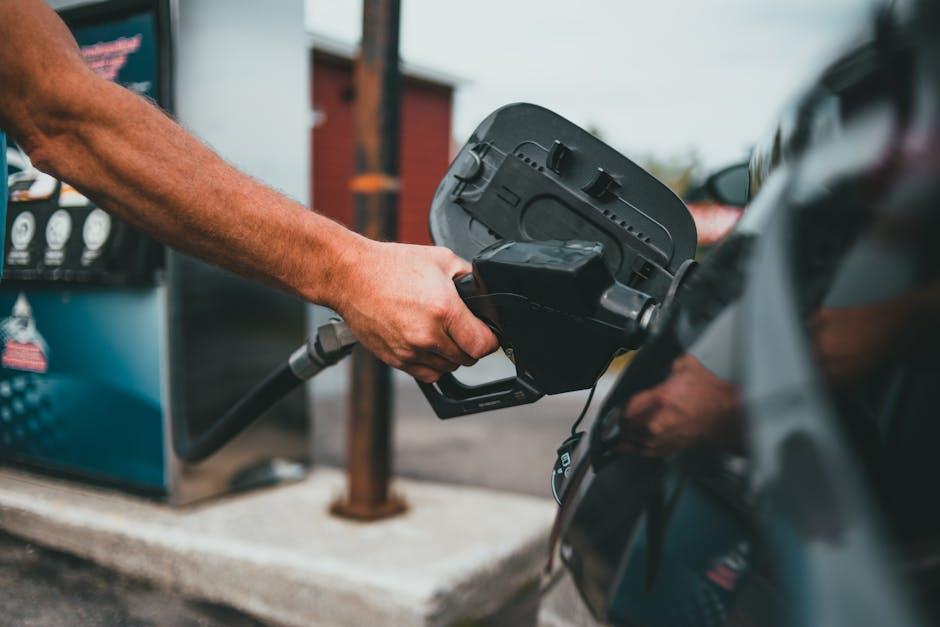Imagine cruising down the highway, feeling the smooth rhythm of your car as it hugs every curve and soaks up every bump. But what if that comfortable ride is secretly guzzling more fuel than it should? Your vehicle’s suspension system does more than just cushion your drive—it plays a subtle yet significant role in how efficiently your car uses fuel. In this article, we’ll explore the connection between suspension and fuel economy, unraveling the mechanics behind the ride and helping you understand whether your suspension might be costing you at the pump.
Table of Contents
- Understanding the Relationship Between Suspension and Fuel Efficiency
- How Suspension Wear Can Lead to Increased Fuel Consumption
- The Impact of Incorrect Suspension Alignment on Gas Mileage
- Signs Your Suspension System Might Be Dragging Down Fuel Economy
- Practical Suspension Maintenance Tips to Boost Fuel Efficiency
- Choosing Suspension Upgrades That Contribute to Better Mileage
- Q&A
- Insights and Conclusions
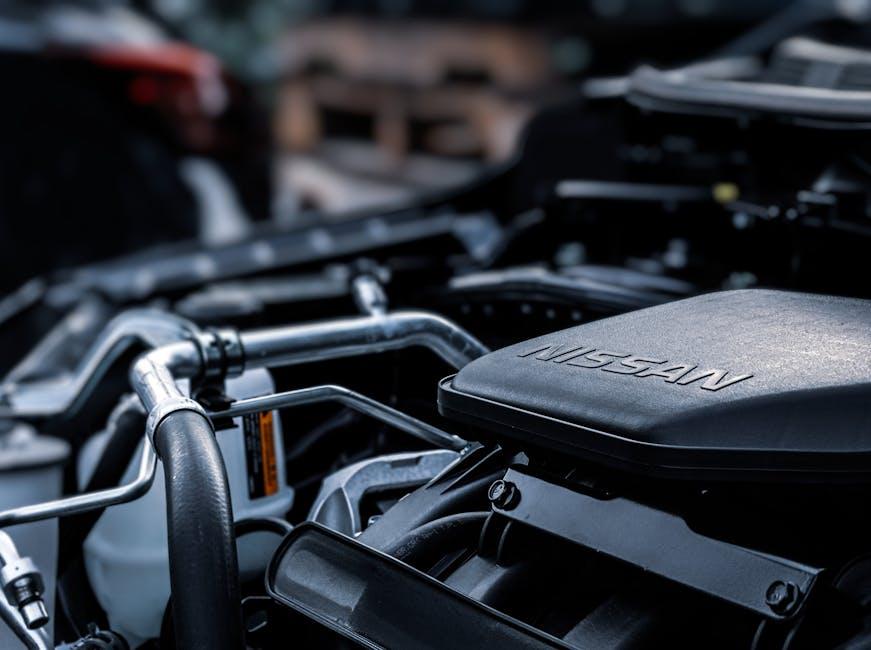
Understanding the Relationship Between Suspension and Fuel Efficiency
When your vehicle’s suspension system is in poor condition, it compromises the overall driving dynamics and can inadvertently increase fuel consumption. A worn-out suspension leads to uneven tire contact with the road, forcing your engine to work harder to maintain speed and stability. Over time, this extra strain translates into more fuel burnt per mile, proving that the health of your shocks and struts is closely tied to your fuel economy. In essence, a suspension system that efficiently absorbs bumps and maintains tire grip reduces rolling resistance and helps maximize every drop of fuel.
Several suspension-related factors directly influence fuel efficiency, such as:
- Tire alignment and wear: Misaligned or heavily worn tires increase rolling resistance, making the engine push harder.
- Suspension stiffness: Too soft or too stiff can cause instability and inefficient energy use.
- Vehicle height and aerodynamics: An improperly lowered or lifted suspension affects airflow, increasing drag.
| Suspension Issue | Effect on Fuel Economy | Recommended Action |
|---|---|---|
| Worn Shocks | 10-15% fuel increase | Replace promptly |
| Misaligned Tires | 5-10% fuel increase | Realign and balance tires |
| Excessive Lift | Up to 12% fuel increase | Adjust suspension height |

How Suspension Wear Can Lead to Increased Fuel Consumption
When suspension components such as shocks, struts, or bushings begin to wear out, your vehicle’s ability to maintain stable and efficient contact with the road diminishes. This can cause your tires to bounce or drag inconsistently, increasing rolling resistance. As a result, your engine must work harder to maintain speed, consuming more fuel in the process. In particular, worn suspension allows for excessive body movement, which disrupts aerodynamic flow and causes additional drag, subtly but steadily impacting your fuel economy.
Additionally, a compromised suspension system can lead to uneven tire wear, which further exacerbates fuel inefficiency. Here are some tangible effects that worn suspension parts have on fuel economy:
- Increased rolling resistance due to poor tire-road contact.
- Uneven tire wear leading to higher friction and energy loss.
- Reduced shock absorption, causing destabilized ride quality and engine strain.
- Misaligned wheels forcing the engine to overcome additional drag.
| Suspension Issue | Fuel Consumption Effect |
|---|---|
| Worn shocks | +5% fuel use |
| Damaged bushings | +3% fuel use |
| Misalignment | +4% fuel use |
| Uneven tires | +6% fuel use |
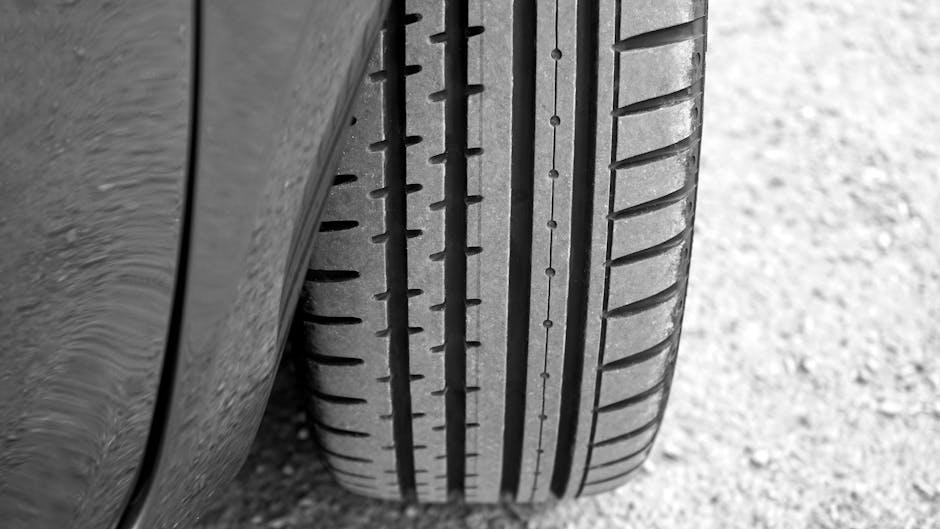
The Impact of Incorrect Suspension Alignment on Gas Mileage
An incorrectly aligned suspension doesn’t just affect your car’s handling; it can also silently drain your fuel efficiency. When your wheels aren’t aligned properly, they create unnecessary friction against the road surface, forcing the engine to work harder to maintain speed. This extra effort translates directly to increased fuel consumption. Small misalignments might seem harmless, but over time, they cause your tires to wear unevenly and mess with the smooth flow of power, diminishing your miles per gallon.
Maintaining proper suspension alignment optimizes contact between your tires and the road, reducing resistance and promoting a balanced driving dynamic. The benefits include:
- Improved fuel economy by minimizing drag and rolling resistance.
- Extended tire life through even tread wear patterns.
- Enhanced vehicle stability that reduces unnecessary strain on your engine.
| Alignment Issue | Fuel Mileage Effect | Key Warning Signs |
|---|---|---|
| Toe Misalignment | Up to 10% decrease | Uneven tire wear, drifting |
| Camber Fault | Up to 7% decrease | Inner/outer tire wear, steering pull |
| Caster Misalignment | Up to 5% decrease | Poor straight-line stability |
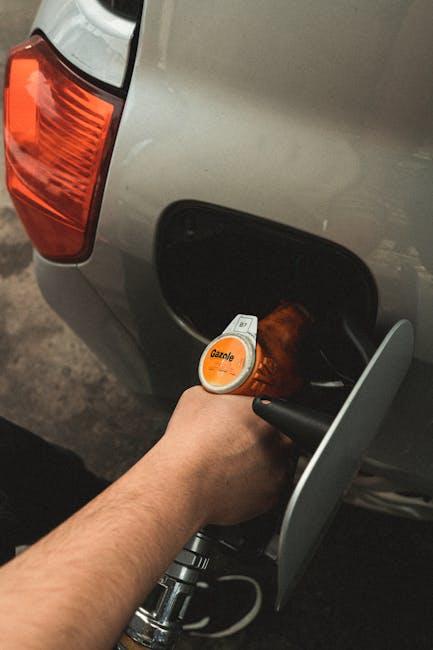
Signs Your Suspension System Might Be Dragging Down Fuel Economy
When your vehicle’s ride feels rougher than usual or you notice uneven tire wear, the suspension might be silently increasing your fuel consumption. A poorly functioning suspension system forces your engine to work harder, especially on bumpy roads, causing more fuel to be burnt. Common symptoms include a noticeable clunking noise over potholes, a vehicle that pulls to one side, or a general feeling that the car is less stable. Ignoring these signs can lead to increased drag—even small misalignments or worn-out shocks can disrupt the smooth motion your vehicle needs to optimize fuel usage.
Another subtle factor is the suspension’s impact on tire contact with the road. If your tires don’t maintain consistent pressure or alignment due to faulty suspension components, rolling resistance increases. This resistance means you need more energy to keep moving forward, which translates directly into poorer fuel economy. Here’s a quick overview of the warning signs and their effects:
| Suspension Issue | Effect on Fuel Efficiency | Common Indicator |
|---|---|---|
| Worn Shock Absorbers | Increased rolling resistance | Excessive bouncing over bumps |
| Misaligned Tires | Uneven tire wear, higher drag | Vehicle pulls to one side |
| Loose Suspension Components | Reduced stability and increased strain | Clunking noises while driving |

Practical Suspension Maintenance Tips to Boost Fuel Efficiency
Regularly checking and maintaining your suspension system plays a crucial role in optimizing fuel consumption. A well-tuned suspension keeps your tires firmly on the road, reducing unnecessary drag and rolling resistance that can sneakily guzzle more fuel. Pay attention to worn-out shocks, sagging springs, or misaligned components, which can cause your vehicle to work harder, especially during acceleration and cornering. Incorporating suspension checks into your maintenance routine ensures smoother rides and better mileage.
Focus on these practical maintenance actions to enhance your vehicle’s efficiency:
- Inspect suspension bushings: Cracked or loose bushings affect handling and increase fuel usage.
- Maintain proper wheel alignment: Misalignment causes tires to drag and increases rolling resistance.
- Replace worn shocks and struts promptly: These components control vehicle stability, preventing energy loss.
- Ensure balanced tire pressure: Underinflated tires can exacerbate suspension strain and reduce fuel efficiency.
| Suspension Issue | Impact on Fuel Economy | Maintenance Tip |
|---|---|---|
| Worn Shocks | Increased rolling resistance | Replace every 50,000 miles |
| Misaligned Wheels | Uneven tire wear & drag | Get alignment checked bi-annually |
| Loose Bushings | Poor handling, fuel loss | Inspect during oil changes |
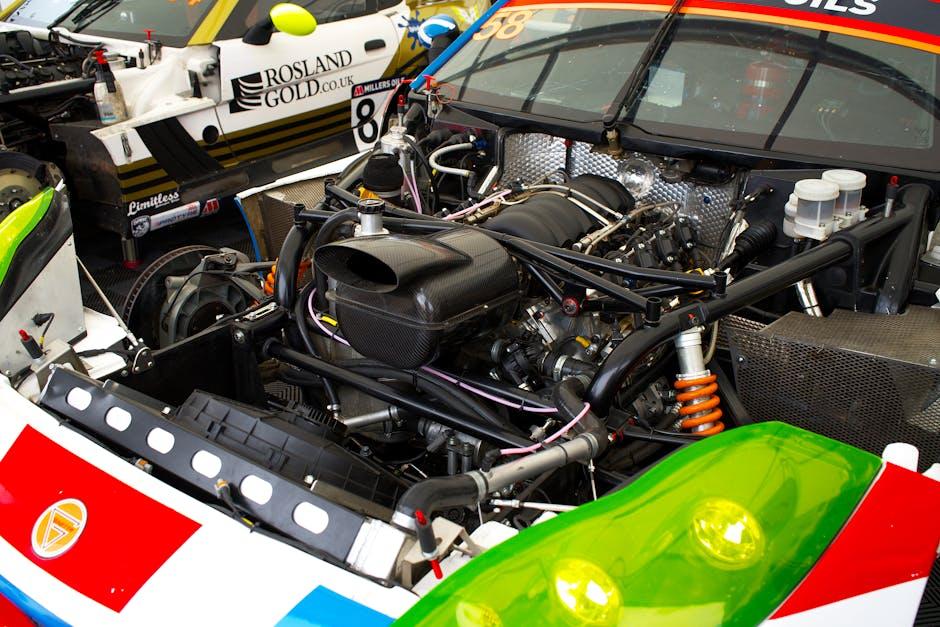
Choosing Suspension Upgrades That Contribute to Better Mileage
When upgrading your suspension system to enhance fuel efficiency, prioritizing lightweight components can make a significant difference. Traditional heavy suspensions often demand more power to move your vehicle, indirectly increasing fuel consumption. Opt for parts such as aluminum control arms or composite leaf springs that reduce unsprung weight without compromising durability. Additionally, installing high-quality shocks and struts designed for energy absorption helps maintain tire contact with the road, ensuring smoother rides and better rolling resistance which contributes to optimizing mileage.
Beyond materials, consider suspension setups that improve aerodynamics and ride height. Adjustable coilovers or air suspension systems allow you to fine-tune your vehicle’s stance, lowering drag and improving airflow under the car. Below is a quick comparison of some suspension upgrade options and their potential benefits for fuel economy:
| Suspension Type | Weight Impact | Fuel Efficiency Benefit | Ride Comfort |
|---|---|---|---|
| Aluminum Control Arms | Lightweight | High | Moderate |
| Composite Leaf Springs | Lightweight | Moderate | Good |
| Adjustable Coilovers | Variable | High (when lowered) | Variable |
| Air Suspension | Moderate | High (adaptive ride height) | Excellent |
Q&A
Q: Can my car’s suspension really impact fuel economy?
A: Yes, it can! While the suspension’s primary job is comfort and handling, it indirectly influences fuel efficiency. A well-maintained suspension keeps your tires properly aligned and maintains optimal contact with the road, reducing rolling resistance and helping your engine work less hard.
Q: How does poor suspension reduce fuel efficiency?
A: If your suspension components—like shocks, struts, or springs—are worn out, your vehicle may bounce excessively or drag unevenly. This instability increases tire wear and rolling resistance, forcing your engine to consume more fuel to maintain speed and control.
Q: Are there specific suspension problems I should watch for that might hurt fuel economy?
A: Yes. Signs like uneven tire wear, frequent bottoming out, excessive bouncing after bumps, or a sagging stance can all indicate suspension issues that might be causing drag or extra friction, thus lowering fuel efficiency.
Q: Can upgrading my suspension improve mileage?
A: In some cases, yes. High-quality, performance-oriented suspension systems can optimize vehicle stability and reduce unnecessary movement, potentially improving fuel economy. However, the gains are often modest compared to regular maintenance and driving habits.
Q: How does tire alignment connect to suspension and fuel economy?
A: Suspension misalignment affects how tires meet the road. Poor alignment increases rolling resistance, making your engine work harder and guzzle more fuel. Regularly checking and correcting alignment can keep both your suspension and fuel consumption in check.
Q: What maintenance steps can I take to ensure my suspension isn’t hurting fuel economy?
A: Regular inspections and timely replacements of worn shocks, struts, and bushings keep your suspension functioning efficiently. Also, maintaining proper tire pressure, performing wheel alignments, and balancing tires are key practices to minimize drag and maximize mileage.
Q: Is it worth spending money on suspension repairs to save fuel?
A: While suspension repairs primarily improve safety and comfort, the indirect benefits to fuel economy make them worthwhile. Plus, preventing further wear on tires and drivetrain components can save you money in the long run.
Q: Could heavy suspension modifications negatively affect fuel economy?
A: Absolutely. Installing heavy or overly stiff suspension parts can increase weight and rolling resistance, potentially lowering your fuel efficiency. Balance performance upgrades with your fuel economy goals for the best results.
Q: In summary, should I be concerned about my suspension regarding fuel economy?
A: Yes, but balanced. Your suspension plays a subtle but meaningful role in how efficiently your vehicle uses fuel. Keeping it in good shape not only ensures a smooth ride but can also help you get the most miles per gallon.
Insights and Conclusions
In the grand journey of fuel efficiency, your suspension might be an unexpected co-pilot, quietly influencing every mile you drive. While it’s easy to overlook, understanding the relationship between suspension health and fuel economy can steer you toward smarter maintenance choices and smoother rides. So next time you feel a bump or notice a shift in your fuel gauge, remember—it might be more than just the road ahead affecting your journey. Keeping your suspension in check isn’t just about comfort; it’s about making every drop of fuel count.
